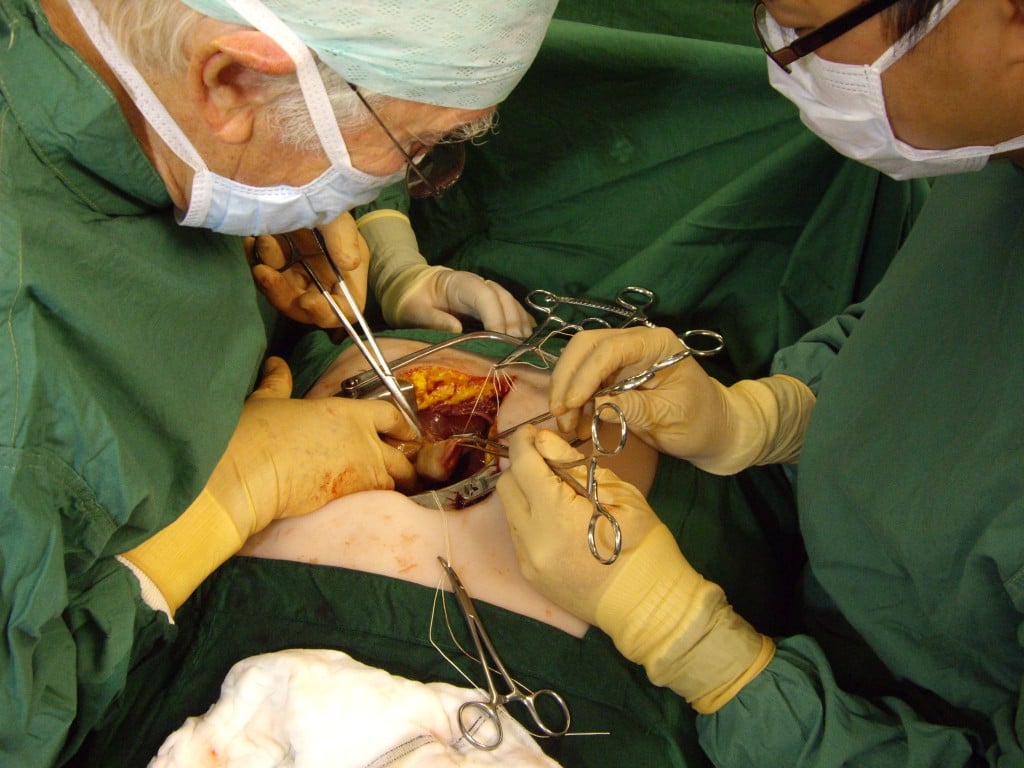I’m a cyborg. I’m rather proud of this fact, even though it is a pain much of the time. You see, one of my body parts doesn’t work, so I rely on a medical device to do the work for me, with a little help from my brain. I have type one diabetes and wear an insulin pump.
Unfortunately, so far being a cyborg hasn’t given me any special powers. I can’t scale walls in a single bound, unless they’re less than two feet tall. I can’t knock bad guys to the ground by shooting lasers from my fingers. I feel that the manufacturers of insulin pumps have really fallen down on this point, actually. The next version should incorporate antigravity. Or lasers. At a minimum, lasers should be involved.
However cool I am with my cyborg parts, there are people out there who are way, way cooler. They don’t just have a pretend pancreas. They have cyborg hearts. Pacemakers have been around for a while, but they’re designed to help the heart work. Researchers from the Texas Heart Institute have now gone a step further: a big step. They’ve implanted an artificial heart pump called a continuous-flow left ventricular assist device (LVAD) that replaces the beating of the heart with a continuous flow of blood. All of this is powered by a battery pack that sits on the outside of the patient’s body.
The discovery that the pump could replace a heart came by accident, when a South American man was fitted with the pump, then returned for a check up. He had no pulse, and his own heart has stopped working. Scientists had always thought that a pulse of blood was necessary for life but apparently not. Today, there are three otherwise healthy people who are using the pump and walking around with no pulse. These real life cyborgs may not have eyes that shoot lasers, but they’re alive after their hearts have stopped beating. And that is truly a miracle of design.
Image Credits: [Mammoth] [Wellcome Trust]

COMMENTS